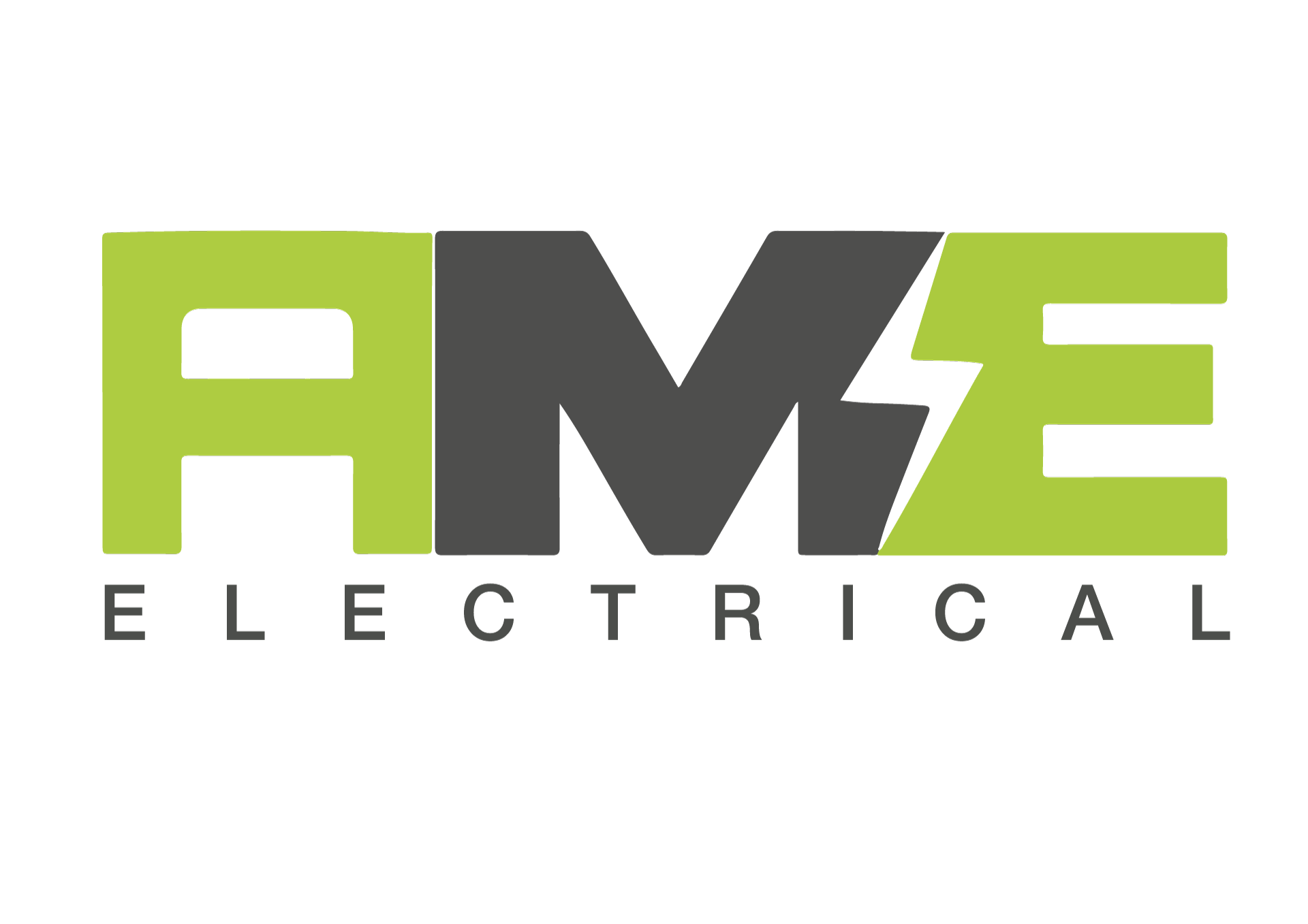A fusebox, also sometimes known as a consumer unit, should be easy to find and is where the electricity in your home is controlled and distributed.
It’s important that you know where your fusebox is in case you ever need to turn the electricity off in an emergency. It contains three things – the main switch, fuses and/or circuit breakers, and Residual Current Devices.
A) Main Switch – this allows you to turn off the electricity supply to your home. You might have more than one mains switch, for example if your home has electric storage heaters. In this case you may have a separate fusebox.
B) Residual Current Devices (RCD) these are switches that trip a circuit under dangerous conditions, and instantly disconnect the electricity.
C) Circuit Breakers – these are automatic protection devices in the fusebox that switch off a circuit if they detect a fault. They are similar in size to fuses, but give more precise protection. When they ‘trip’, you can simply reset the switch. But make sure you correct the fault first. Fuses (may be found in place of circuit breakers) – rewirable fuses have a piece of special fuse wire running between two screws. When a fault or overload current flows through the fuse wire, it will become hot and melt. The melted fuse breaks the circuit, disconnecting the faulty circuit and keeping you safe.
If your fusebox has a wooden back, cast iron switches, or a mixture of fuses it is likely that it dates back to before the 1960s and will need to be replaced. If it does not have RCD protection, it is recommended that it is upgraded.
For a free quotation please contact us.
#fusebox #consumerunit #electrician #tripswitch #amendment3 #17thedition #rcd #mcb

